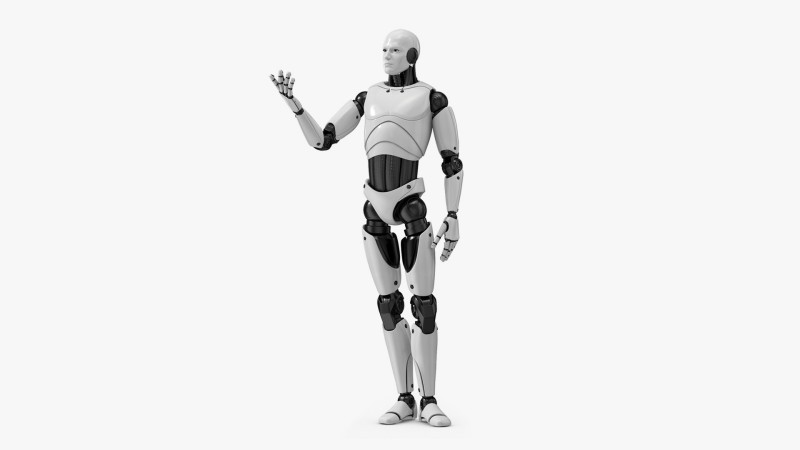Why Are Humanoid Robot Batteries So Short-Lived? La “Hexagonal Warrior” Dilemma
09/28/2025
 The battery is the “beating heart” of a humanoid robot, dictating its endurance, power, safety, and commercial viability. pourtant, crafting the ideal battery is a monumental challenge, as it must push the limits across six competing dimensions simultaneously: energy density, power density, cycle life, safety, cost, and environmental adaptability—becoming a true “hexagonal warrior.”
The battery is the “beating heart” of a humanoid robot, dictating its endurance, power, safety, and commercial viability. pourtant, crafting the ideal battery is a monumental challenge, as it must push the limits across six competing dimensions simultaneously: energy density, power density, cycle life, safety, cost, and environmental adaptability—becoming a true “hexagonal warrior.”
The Core Dilemma: Energy vs. Power The fundamental trade-off lies between energy density (for long runtime) and power density (for explosive movements like jumping). High-power discharges (3C-5C) drastically reduce cycle life to around 200 cycles, far from the industry target of 600+. This creates a “vicious cycle” where performance compromises longevity.
Engineering Roadblocks:
- Thermal Runaway: Intense activity can spike temperatures to over 100°C in seconds, pushing traditional cooling solutions to their limits in compact, lightweight robots.
- Space Constraints: The irregular internal structure of humanoids makes standard rectangular batteries inefficient, while custom-shaped cells introduce consistency and BMS complexities.
- BMS Limitations: Predicting the random movements of a robot challenges conventional Battery Management Systems, leading to state-of-charge errors exceeding 10%.
Pathways to a Solution: The industry is tackling these challenges on two fronts:
- Hybrid Architectures: Combining high-power cells (or supercapacitors) for bursts with high-energy cells for endurance.
- Full-Stack Optimization: Using AI-powered BMS to predict power needs 50ms in advance, recover energy from motions, and implement task-level energy management for up to 40% longer runtime.
Our Solution: With over two decades of expertise, we have developed specialized battery solutions for humanoid robots. Our cells achieve an energy density of up to 350 Wh/kg, integrated with advanced BMS to balance high power output with long cycle life and safety. We offer full customization to fit unique structural, power, and scenario requirements.
Contact us to engineer the perfect power solution for your robotic ambitions.






 Catherine
Catherine
 Directeur commercial
Directeur commercial